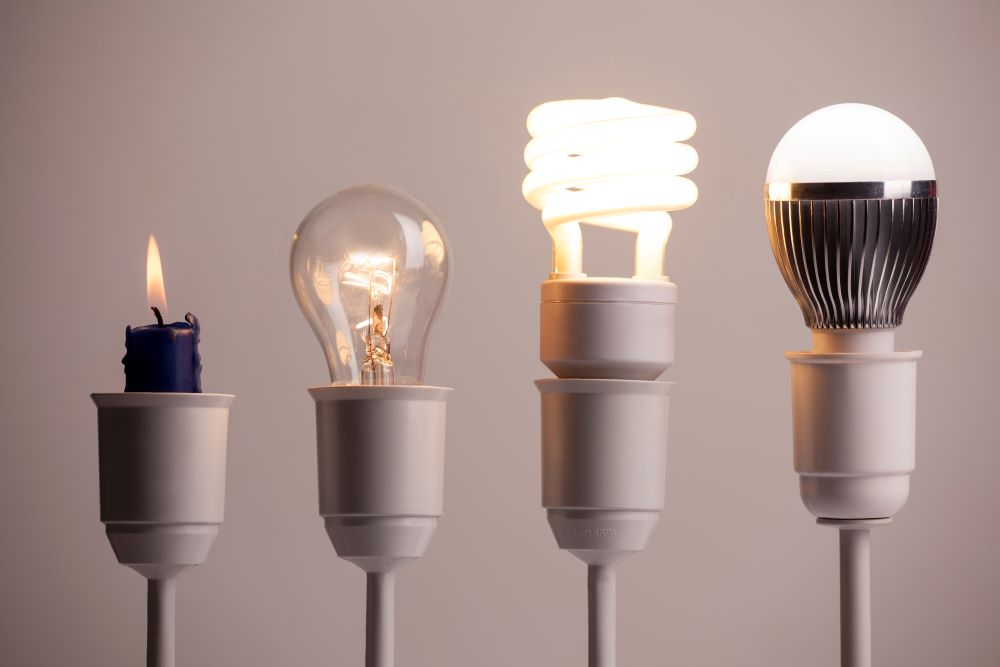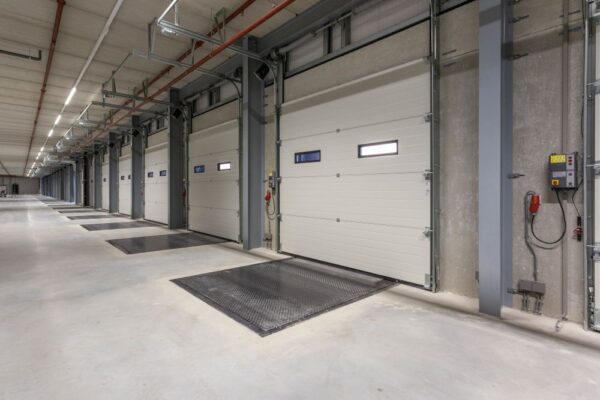LED Lighting Revolution has been called the greatest innovation in electrical illumination since Thomas Edison developed the first incandescent light bulb, more than 130 years ago. In slightly more than fifty years since the first LED bulb to produce visible light was created by a GE engineer, LEDs have expanded into commercial and manufacturing space, they have become the standard for video display screens. Sports arenas and municipalities have started to transition from traditional lighting systems to highly-controllable and customizable LED lights. The driving forces behind this LED lighting revolution are energy and maintenance savings, but the benefits extend to better color rendition and more.
LED Saves Money & Energy
First, LED lighting is cost-effective and energy efficient. Some LED lighting systems might require a larger initial investment (which will vary with each specific lighting application), but that investment is quickly recaptured by lower operating and maintenance costs. LED systems use an average of 50% to 60% less electricity than traditional lighting systems. LED lights can also provide up to 100,000 hours of continuous operation and illumination, which substantially reduces replacement and maintenance expenses.
The Earth Loves LED
Second, LED lighting is eco-friendly. Because LEDs require less electrical energy to provide the same or better illumination as traditional lighting, LED lights use fewer carbon energy resources. Commercial, manufacturing, recreational, and municipal operations that switch to LED lighting can legitimately claim that they are reducing their carbon footprints. Moreover, LED lighting products utilize few or no harmful raw materials and are materially less detrimental to landfills. The same cannot be said, for example, for high-pressure sodium, mercury, or metal halide lighting fixtures.
LED Versatility
Third, LED systems have unparalleled versatility. They can be near-instantaneous for on/off operation and dimming. Available in a range of colors and lighting temperatures, LEDs can provide spot lighting for areas that require specific areas of bright light, and they have a high color rendering index (CRI), which creates better contrast and visibility.
The versatility of LEDs has led to their uses in unique applications that would not be possible or even conceivable with traditional lights. LED lights are being used to enhance moods in office environments. Automobile manufacturers are testing solar-powered LEDs in car interiors to create artificial sun and moon roof effects. LED-infused wallpaper can be used to change room wall colors. LEDs have even been incorporated into a prototype of a contact lens to create a form of virtual reality. New forms of organic LED’s that rely on a blend of carbon-based materials and traditional LED substrates have been used to make thin and flexible video display screens.
The possibilities for LED technology are endless!
By almost any measure, the LED revolution is only beginning. As engineers develop new uses for LED technology and manufacturers learn how to incorporate those uses into products that can be produced on a commercial scale, the LED revolution will only accelerate.








